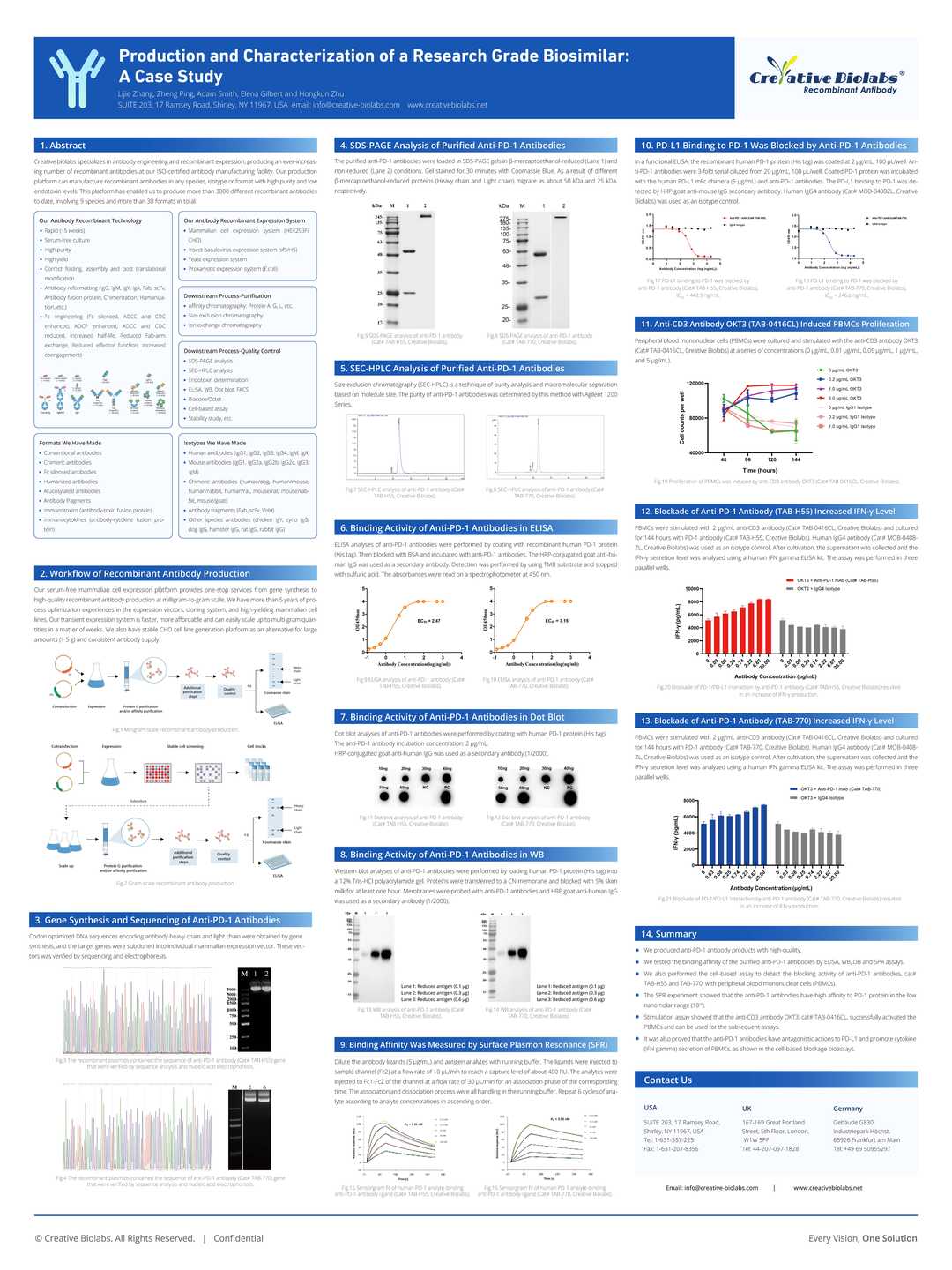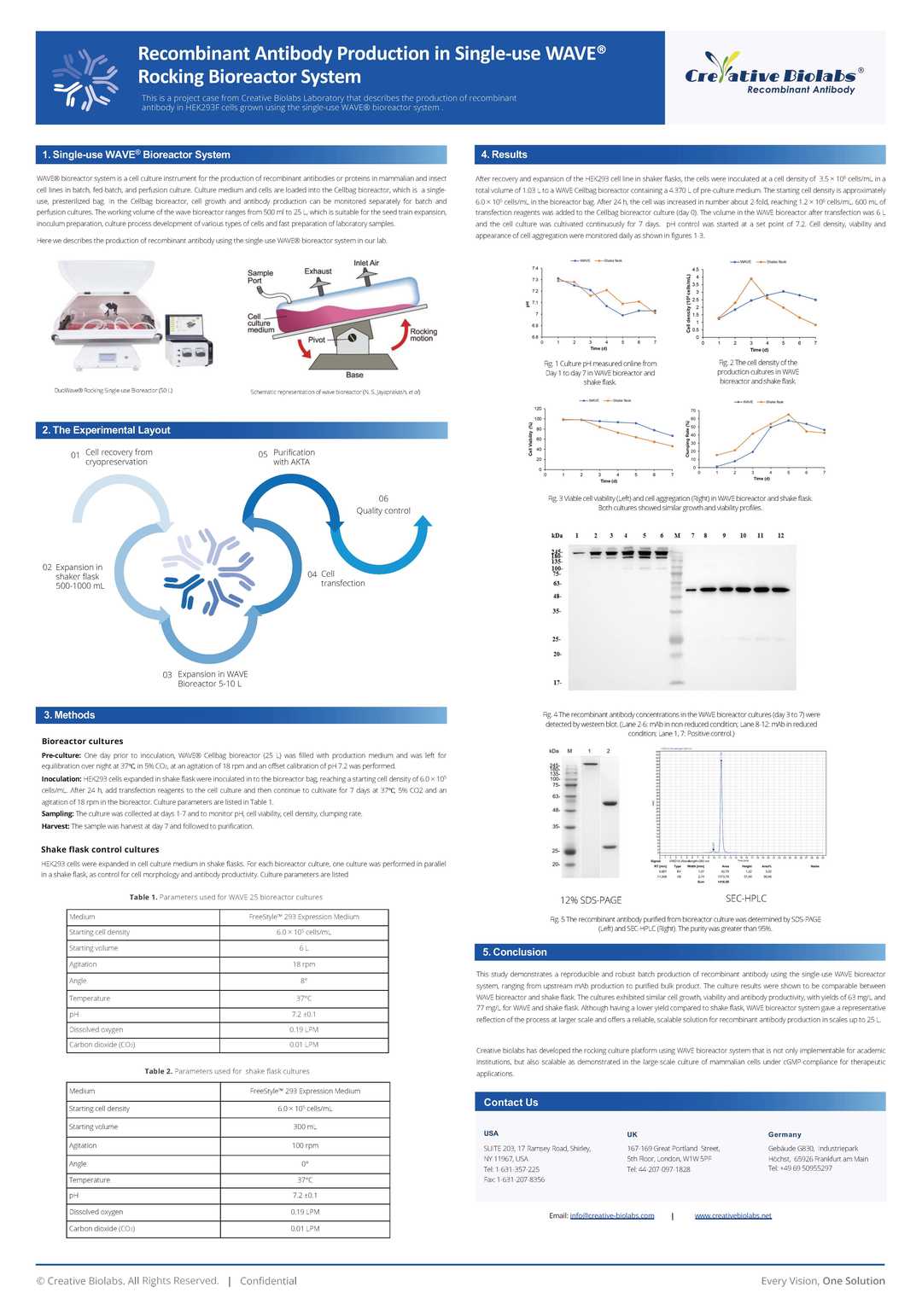Mouse Anti-SLC22A1 Monoclonal Antibody (VS7-0425-WR870)
CAT#: VS7-0425-WR870
This product is a mouse IgG antibody that binds to human SLC22A1. The antibody recognizes specific amino acid domain of SYK (aa296-484). It can be used for WB and ELISA assays.







Specifications
- Immunogen
- Recombinant SYK (aa296-484) fragment expressed in E. Coli.
- Host Species
- Mouse
- Type
- Mouse IgG
- Specificity
- Human SLC22A1
- Species Reactivity
- Human
- Molecule Class
- Integral Membrane Protein
- Applications
- WB, ELISA
- Conjugate
- Unconjugated
Product Property
- Clonality
- Monoclonal
- Purity
- >95% as determined by SDS-PAGE and SEC-HPLC analysis, Ascitic fluid
- Format
- Liquid
- Concentration
- 1 mg/ml
- Preservative
- 0.03% sodium azide
- Storage
- Centrifuge briefly prior to opening vial. Aliquot and store at -20°C for one year. Avoid repeated freeze/thaw cycles.
- Shipping
- Ice packs
Applications
- Application Notes
- Western Blot: 1:500 - 1:2000
Enzyme-linked Immunosorbent Assay: 1:10000
Target
- Alternative Names
- Solute Carrier Family 22 Member 1; Organic Cation Transporter 1; Solute Carrier Family 22 (Organic Cation Transporter), Member 1; HOCT1; OCT1; Oct1_cds
- Gene ID
- 6580
- UniProt ID
- O15245
- Long Name
- Solute Carrier Family 22 Member 1
- Cellular Localization
- Cell membrane; Membrane
- Post Translation Modifications
- Glycoprotein; Phosphoprotein
- Protein Refseq
- NP_003048.1
- Function
- Electrogenic voltage-dependent transporter that mediates the transport of a variety of organic cations such as endogenous bioactive amines, cationic drugs and xenobiotics (PubMed:11388889, PubMed:11408531, PubMed:12439218, PubMed:12719534, PubMed:15389554, PubMed:16263091, PubMed:16272756, PubMed:16581093, PubMed:19536068, PubMed:21128598, PubMed:23680637, PubMed:24961373, PubMed:34040533, PubMed:9187257, PubMed:9260930, PubMed:9655880).; Functions as a pH- and Na+-independent, bidirectional transporter (By similarity).; Cation cellular uptake or release is driven by the electrochemical potential (i.e. membrane potential and concentration gradient) and substrate selectivity (By similarity).; Hydrophobicity is a major requirement for recognition in polyvalent substrates and inhibitors (By similarity).; Primarily expressed at the basolateral membrane of hepatocytes and proximal tubules and involved in the uptake and disposition of cationic compounds by hepatic and renal clearance from the blood flow (By similarity).; Most likely functions as an uptake carrier in enterocytes contributing to the intestinal elimination of organic cations from the systemic circulation (PubMed:16263091).; Transports endogenous monoamines such as N-1-methylnicotinamide (NMN), guanidine, histamine, neurotransmitters dopamine, serotonin and adrenaline (PubMed:12439218, PubMed:24961373, PubMed:35469921, PubMed:9260930).; Also transports natural polyamines such as spermidine, agmatine and putrescine at low affinity, but relatively high turnover (PubMed:21128598).; Involved in the hepatic uptake of vitamin B1/thiamine, hence regulating hepatic lipid and energy metabolism (PubMed:24961373).; Mediates the bidirectional transport of acetylcholine (ACh) at the apical membrane of ciliated cell in airway epithelium, thereby playing a role in luminal release of ACh from bronchial epithelium (PubMed:15817714).; Transports dopaminergic neuromodulators cyclo(his-pro) and salsolinol with lower efficency (PubMed:17460754).; Also capable of transporting non-amine endogenous compounds such as prostaglandin E2 (PGE2) and prostaglandin F2-alpha (PGF2-alpha) (PubMed:11907186).; May contribute to the transport of cationic compounds in testes across the blood-testis-barrier (Probable). Also involved in the uptake of xenobiotics tributylmethylammonium (TBuMA), quinidine, N-methyl-quinine (NMQ), N-methyl-quinidine (NMQD) N-(4,4-azo-n-pentyl)-quinuclidine (APQ), azidoprocainamide methoiodide (AMP), N-(4,4-azo-n-pentyl)-21-deoxyajmalinium (APDA) and 4-(4-(dimethylamino)styryl)-N-methylpyridinium (ASP) (PubMed:11408531, PubMed:15389554, PubMed:35469921, PubMed:9260930).
Customer Review
There are currently no Customer reviews or questions for VS7-0425-WR870. Click the button above to contact us or submit your feedback about this product.
Submit Your Publication
Published with our product? Submit your paper and receive a 10% discount on your next order! Share your research to earn exclusive rewards.
Downloadable Resources
Download resources about recombinant antibody development and antibody engineering to boost your research.
Product Notes
This is a product of Creative Biolabs' Hi-Affi™ recombinant antibody portfolio, which has several benefits including:
• Increased sensitivity
• Confirmed specificity
• High repeatability
• Excellent batch-to-batch consistency
• Sustainable supply
• Animal-free production
See more details about Hi-Affi™ recombinant antibody benefits.
Datasheet
MSDS
COA
Certificate of Analysis LookupTo download a Certificate of Analysis, please enter a lot number in the search box below. Note: Certificate of Analysis not available for kit components.
Isotype Control
- CAT
- Product Name
Secondary Antibody
- CAT
- Product Name
See other products for "SLC22A1"
Select a product category from the dropdown menu below to view related products.
| CAT | Product Name | Application | Type |
|---|---|---|---|
| MOB-1557MZ | Recombinant Mouse Anti-Human SLC22A1 Antibody (clone 3D6) | ELISA, FC, ICC, IF, WB | Mouse antibody |
| VS3-XY1426 | Mouse Anti-SLC22A1 Recombinant Antibody (clone 2C5) | ELISA, WB, FC | Mouse IgG1 |
| VS7-0425-WR869 | Mouse Anti-SLC22A1 Monoclonal Antibody (VS7-0425-WR869) | WB, FC, ELISA | Mouse IgG |
| CAT | Product Name | Application | Type |
|---|---|---|---|
| MOR-3291 | Hi-Affi™ Recombinant Rabbit Anti-SLC22A1 Monoclonal Antibody (DS3291AB) | WB, FC | IgG |
Popular Products

Application: Neut, ELISA, IF, IP, FuncS, FC, ICC

Application: WB, FuncS, IF, Neut, ELISA, FC, IP

Application: ELISA, FC, IP, FuncS, IF, Neut, ICC

Application: ELISA, FC, IP, FuncS, IF, Neut, ICC

Application: IF, IP, Neut, FuncS, ELISA, FC, ICC

Application: ELISA, FC, IP, FuncS, IF, Neut, ICC
-2.png)
Application: IB, ELISA, FC, FuncS
-2-1.png)
Application: ELISA

Application: ELISA, IHC, IF, IP, FC, FuncS

Application: ELISA, Inhib, FuncS

Application: FC, IA, IF, IP, IHC, FuncS

Application: ELISA, Inhib, FC, Neut
-3.jpg)
Application: IB, FC, ELISA, FuncS
For research use only. Not intended for any clinical use. No products from Creative Biolabs may be resold, modified for resale or used to manufacture commercial products without prior written approval from Creative Biolabs.
This site is protected by reCAPTCHA and the Google Privacy Policy and Terms of Service apply.





















